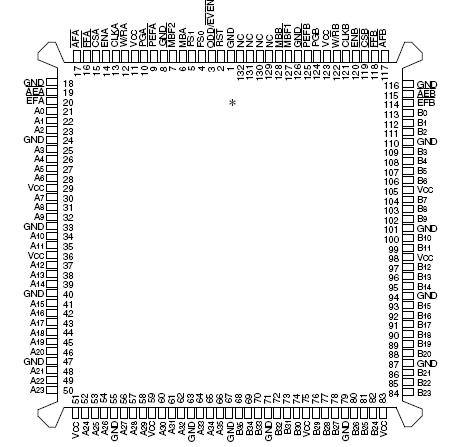IDT72V3612: Features: • Two independent clocked FIFOs (64 x 36 storage capacity each) buffering data in opposite directions• Supports clock frequencies up to 83 MHz• Fast access times of 8ns&#...
floor Price/Ceiling Price
- Part Number:
- IDT72V3612
- Supply Ability:
- 5000
Price Break
- Qty
- 1~5000
- Unit Price
- Negotiable
- Processing time
- 15 Days
SeekIC Buyer Protection PLUS - newly updated for 2013!
- Escrow Protection.
- Guaranteed refunds.
- Secure payments.
- Learn more >>
Month Sales
268 Transactions
Payment Methods
All payment methods are secure and covered by SeekIC Buyer Protection PLUS.

 IDT72V3612 Data Sheet
IDT72V3612 Data Sheet






